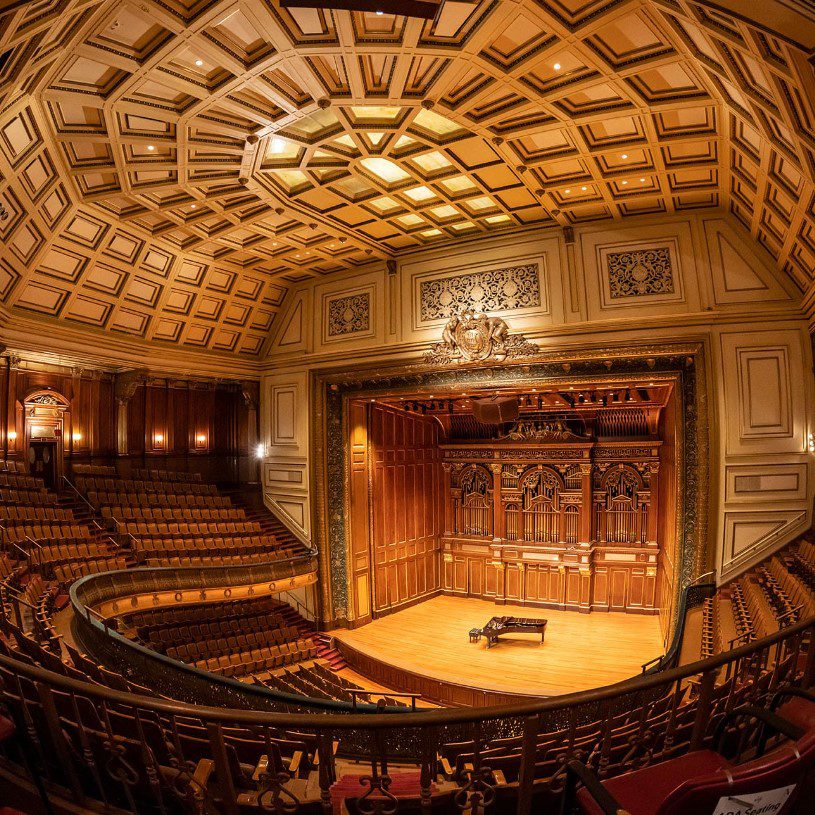NEC Jazz Composers' Workshop Orchestra
Jordan Hall

Free - Ticket Required
In-Person Event
Open to the Public
Streaming

NEC's Jazz Composers' Workshop Orchestra features the music of NEC students performed by their peers, under the direction of Frank Carlberg.
Tonight, the JCWO performs works by Thomas Griffin, Joe Wagner, Trevor Johnson, Nadav Brenner, Niko Malinowski, Alexander Hussain, Benedict Koh, André Bruni, and Jim Connolly.
The live stream of this event is available to NEC Community members only. To watch the stream, please click the “Streaming Access” button at the top of the page and enter the NEC Community streaming password on the video window labeled “NEC-Produced Stream” when prompted.
Tonight, the JCWO performs works by Thomas Griffin, Joe Wagner, Trevor Johnson, Nadav Brenner, Niko Malinowski, Alexander Hussain, Benedict Koh, André Bruni, and Jim Connolly.
The live stream of this event is available to NEC Community members only. To watch the stream, please click the “Streaming Access” button at the top of the page and enter the NEC Community streaming password on the video window labeled “NEC-Produced Stream” when prompted.
Griffin: Up Roar
Wagner: As the Sun Sets
Johnson: Nickels or Dimes
Brenner: The Wait
Malinowski: False Witness
Hussain: Manny's Mutts
Koh: Idiosyncracy
Bruni: Call me
Connolly: Teigh i Bhfolach Sa Choill
Connolly: Standig fast

